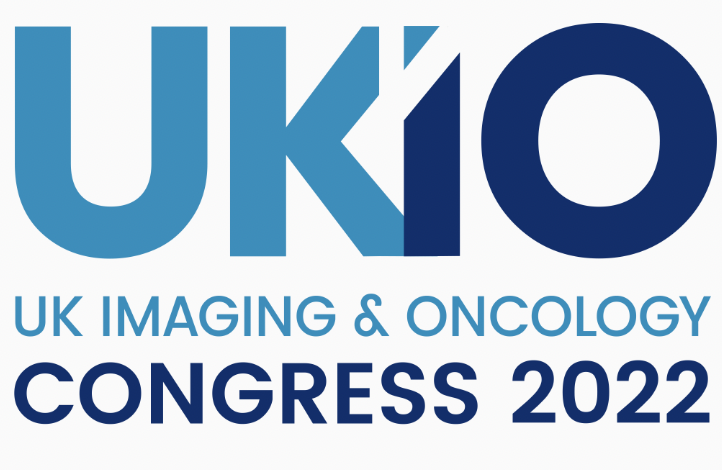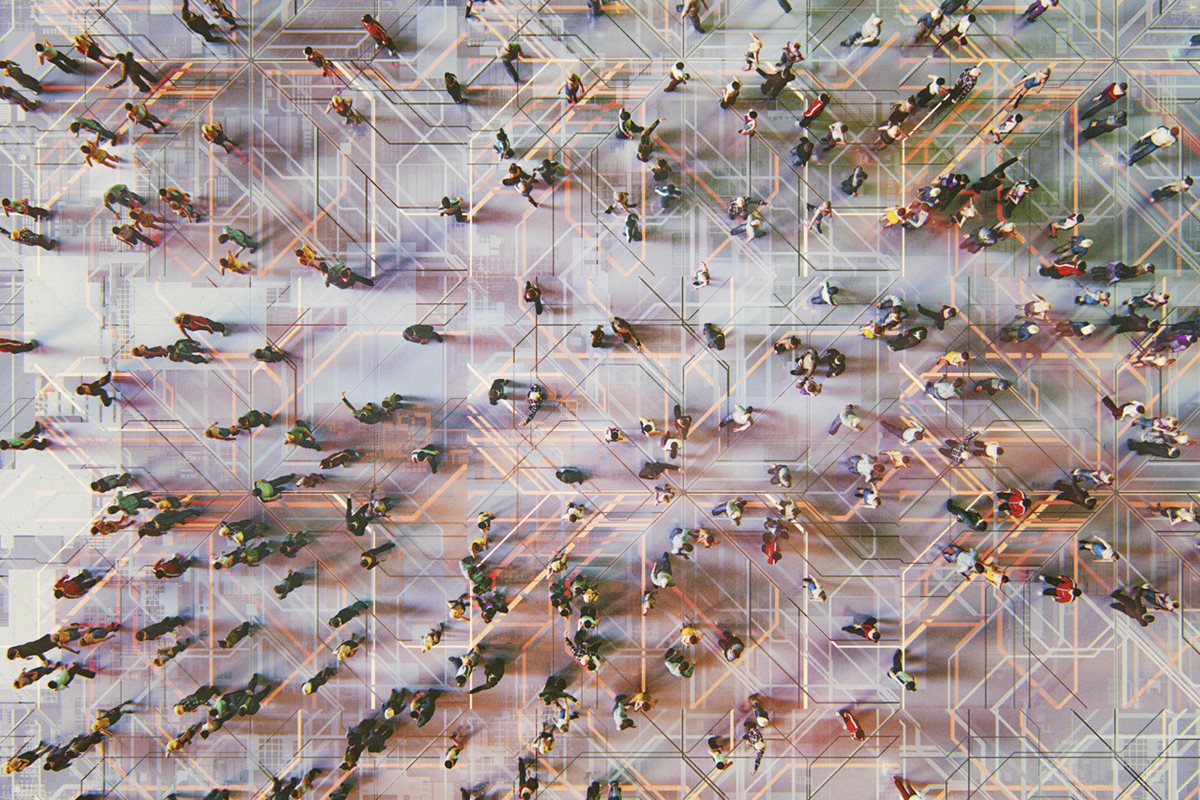The journey to consultant practice is different for everyone, and that is what makes us unique.
My career pathway started in a conventional way. I enrolled onto the BSc(Hons) Diagnostic Radiography programme at the University of Leeds in 2000. Upon graduating I moved back to Leicester and have worked for the University Hospitals of Leicester (UHL) to date. In 2006 I began my PgDip in medical ultrasound at the University of Birmingham.
This year I became a consultant radiographer. My expert practice is in head and neck imaging and began in 2014. This is my journey.
Opportunity knocks
A consultant head and neck radiologist, Dr Ram, sent an email asking for statements of interest for the opportunity to train in head and neck ultrasound. This was due to a capacity and demand imbalance. UHL is one of the biggest and busiest NHS Trusts in the country serving one million residents of Leicester. At this time there were only two head and neck radiologists.
I was at a point in my career where, although I enjoyed my job, I hadn’t found a passion anf enthusiasm for anything, until I saw this opportunity. This was to become the beginning of my trailblazing career.
Dr Ram, my mentor, has supported and guided me along every step of the way. He had confidence in me before I had it in myself and he continues to be a guide and an inspiration.
In the absence of a higher education course I worked extremely hard to ensure that I had a wide knowledge base. I attended the well-known Morriston head and neck ultrasound workshop and the Cardiff thyroid fine needle aspiration (FNA) cytology course. I visited sonographer colleagues in Hull and Lincoln and a consultant radiologist in Birmingham.
This really helped to inspire me and see how I could develop my role. I attended bi-monthly multidisciplinary meetings on my day off. Along with evidence based reading and hard work I began to perfect my own practice. I kept a log of every scan I performed which supported the Royal College of Radiologists (RCR) ultrasound training recommendations for medical and surgical specialities competencies I was working through.
It was in March 2015 I performed that I performed my first FNA. I remember this so clearly, the sense of achievement and trepidation in equal measure! At this point I was scanning two neck ultrasound lists per week. In the beginning the technical aspect of following the needle was difficult, I followed up each pathology report and kept a live audit of cases, building a library of pathology.
The end of year one I had an 86% diagnostic rate, achieving the RCR audit cycle standard of 70%. In May 2016 I performed by first core biopsy (CB). This, I believe has become one of the most beneficial aspects of my role for both patients and clinicians. Core biopsy samples in the neck are important in the diagnosis of lymphoma, tuberculosis, providing immunohistochemistry for primary tumours in metastatic disease and further tests such as P16 status for oropharyngeal cancer.
Outside support
Support outside of the imaging department has been integral to my achievements. Close working relationship with the multidisciplinary team such a Cytopathologists and Histopathologists has allowed me to understand how to prepare FNA/CB samples in order to allow high quality assessment and improve diagnosis. Audit of my FNA/CB data is presented each year to the head and neck external peer review and annual general meeting, as part of the governance of my role.
In order to move the head and neck ultrasound service forward I became a dedicated head and neck sonographer. This was fully supported by radiology management, who continue to acknowledge, support and encourage the benefits of extended role, advanced and consultant practice. They have a clear vision in implementing career progression and have been instrumental in my achievements.
Although I was gaining a huge amount of clinical experience I was aware that I didn’t have the opportunity to gain MSc level learning so, in 2015, I completed an individually negotiated module for advanced practice at the University of Derby. In 2016 UHL enrolled onto the ELaTION Trial; this was a national multicentre randomised control trial comparing real time elastography against standard practice for the investigation of thyroid nodules. As well as achieving accreditation in the use of elastography I gained valuable experience, in the absence of a research nurse, of recruitment, consent and research methods.
In 2017 I completed the Edward Jenner Programme; this is a free NHS leadership academy programme, at the same time I was appointed as a clinical ultrasound lead for the head and neck service.
The increased capacity along with the development of my role as a point of contact was fully supported and appreciated by the members of the interdisciplinary team. It allowed for the development of many service improvement projects. A ‘straight to test’ thyroid lump pathwa for patients from primary care was the first. Patients on this pathway are referred via the two week wait system and have an ultrasound plus FNA when necessary. Our audit of the pilot study found this extremely successful, discharging 89% of patients back to their GP. Rest of the patients continue on the two week wait pathway. Another efficient and cost saving improvement is our lymphoma pathway.
Increased capacity
Again, increased capacity and my ability to perform core biopsy independently allowed for significant improvement in time to diagnosis. Our audit found 91% of lymphoma patients were diagnosed and subtyped with core biopsy alone, significantly reducing the need for an excision biopsy performed in operating theatres. My role evolved to becoming a non-medical referrer and involved justification of CT/MRI scans. In order to increase quality and efficiency for post treatment head and neck cancer patients I developed an adapted imaging request form dedicated to this patient group.
This has improved the service for patients and has alleviated the burden on oncologists and cancer nurse specialist’s time. In 2021 I completed the Macmillan Explore elearning Programme. This has been invaluable and has enhanced my knowledge of the cancer pathways allowing me to support patients and the oncology team further. I have also developed and implemented Local Safety Standards for Invasive Procedures (LocSSIP) specifically for core biopsy, to improve patient safety, standardisation of practice and greater team working.
Having gathered enough evidence I completed my CPD Now portfolio and in 2018 was accredited as an Advanced Practitioner in biopsy and intervention by the College of Radiographers. This was something I was extremely proud of and felt it reflected and quantified the depth and breadth of my role and my professional development so far.
I have had the opportunity over the years to be a speaker at the British Medical Ultrasound (BMUS) annual scientific conference, teach at the London multidisciplinary head and neck imaging course, be part of a team to present posters, including a prize winner, at the British Society of Head and Neck Imaging (BSHNI) conference.
Most recently, I delivered a presentation on ultrasound physics for the Radiopaedia 2022 virtual conference. In 2020 I became an associate lecturer at the University of Derby. As a faculty we developed and delivered a PGCert neck ultrasound course for sonographers, allowing training in neck ultrasound to be formalised.
Extending practice
Sonographers are now able to extend their practice and gain M-level credits, especially important when working towards an MSc.
The Covid-19 pandemic highlighted the strength my role holds in part of many patient pathways, as well as taking the time to train as a vaccinator I continued to perform ultrasound and interventions to continue patient care.
I am currently training to report MRI/CT staging scans for head and neck cancer; this is potentially a national first and my biggest challenge yet. I continue to push boundaries and implement change but most importantly to work within a scope of practice to support and work alongside Radiologists in order to provide a robust service for our patients and the future.
I hope sharing my journey to consultant practice will inspire others to do the same. You don’t have to see a well trodden path for your journey to begin.


